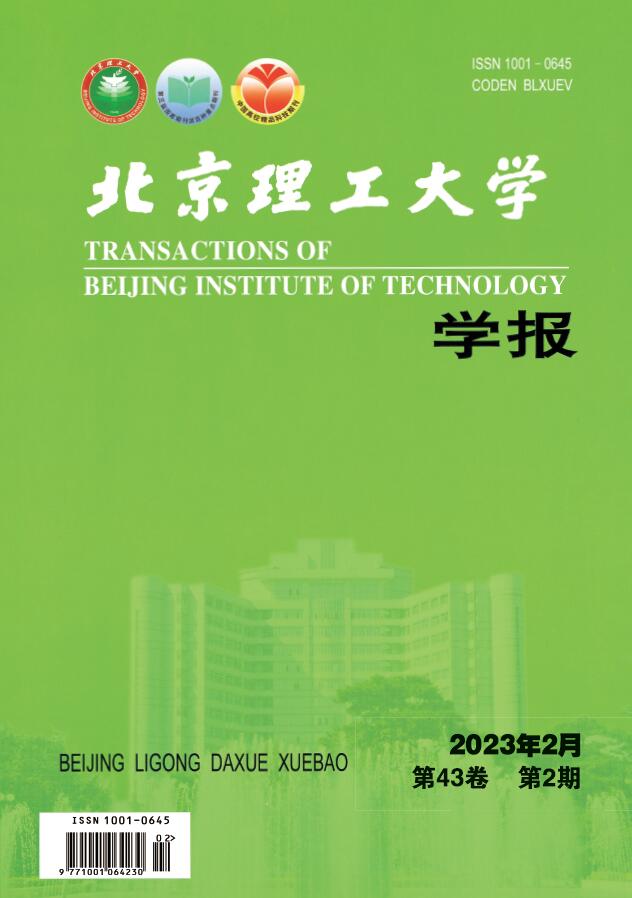2020 Vol. 40, No. 7
Display Method:
2020, 40(7): 691-696.
doi:10.15918/j.tbit1001-0645.2019.111
Abstract:
Multi-Parametric Vibration Characteristics of Noncircular Face Gear Based on Harmonic Balance Method
2020, 40(7): 697-704.
doi:10.15918/j.tbit1001-0645.2019.164
Abstract:
2020, 40(7): 705-710.
doi:10.15918/j.tbit1001-0645.2019.052
Abstract:
2020, 40(7): 711-718.
doi:10.15918/j.tbit1001-0645.2019.170
Abstract:
2020, 40(7): 719-724.
doi:10.15918/j.tbit1001-0645.2019.100
Abstract:
2020, 40(7): 725-730.
doi:10.15918/j.tbit1001-0645.2019.046
Abstract:
2020, 40(7): 731-737.
doi:10.15918/j.tbit1001-0645.2019.097
Abstract:
2020, 40(7): 738-745.
doi:10.15918/j.tbit1001-0645.2019.024
Abstract:
2020, 40(7): 746-752.
doi:10.15918/j.tbit1001-0645.2019.041
Abstract:
2020, 40(7): 753-759.
doi:10.15918/j.tbit1001-0645.2019.025
Abstract:
2020, 40(7): 760-764.
doi:10.15918/j.tbit1001-0645.2019.168
Abstract:
2020, 40(7): 765-770.
doi:10.15918/j.tbit1001-0645.2018.313
Abstract:
2020, 40(7): 771-777.
doi:10.15918/j.tbit1001-0645.2018.333
Abstract:
2020, 40(7): 778-783.
doi:10.15918/j.tbit1001-0645.2018.685
Abstract:
2020, 40(7): 784-789.
doi:10.15918/j.tbit1001-0645.2019.032
Abstract:
2020, 40(7): 790-796.
doi:10.15918/j.tbit1001-0645.2018.098
Abstract:
2020, 40(7): 797-802.
doi:10.15918/j.tbit1001-0645.2018.517
Abstract:


